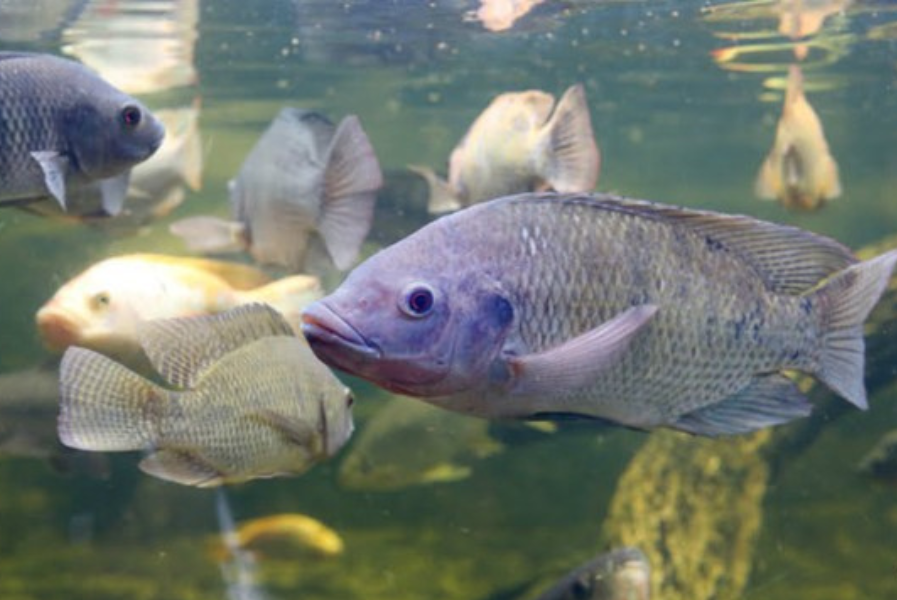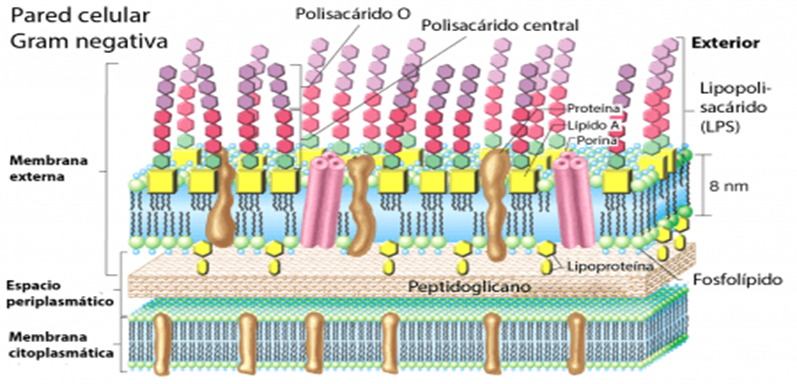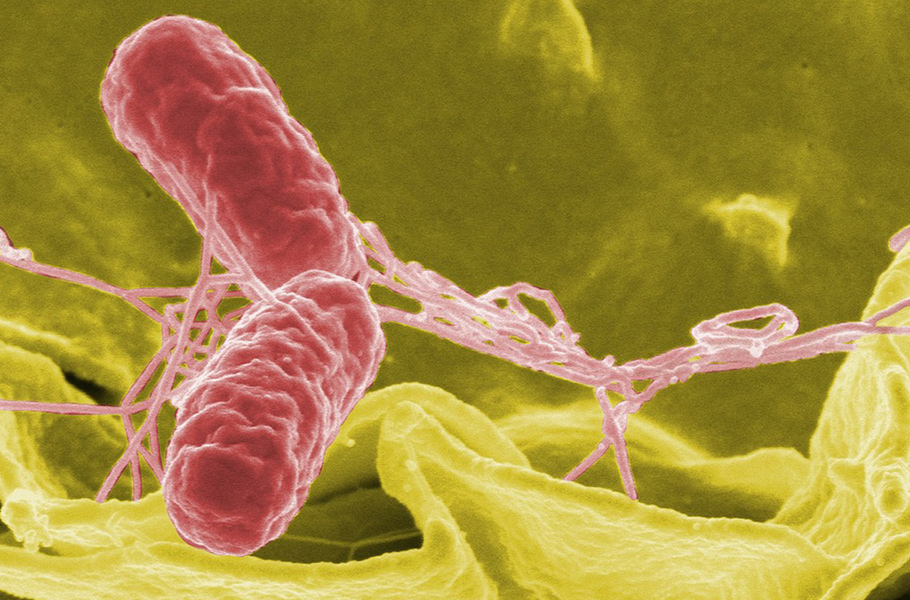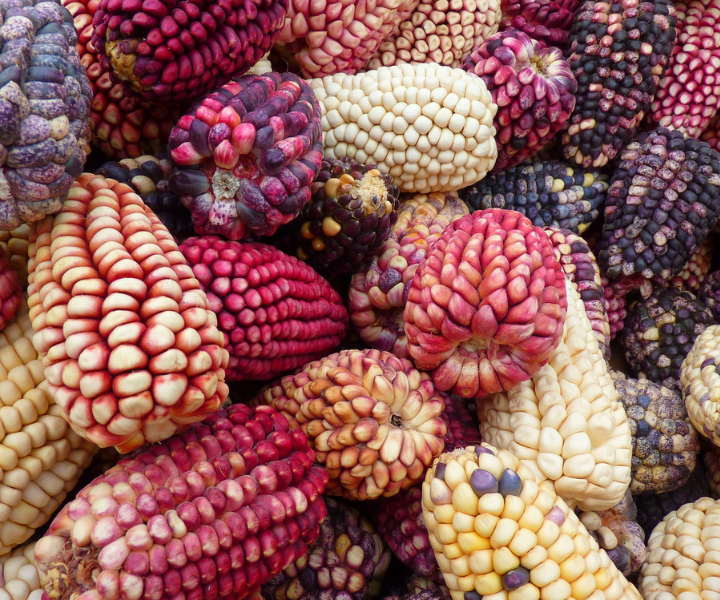
Argentina and its Free Trade Agreements
18 de May de 2022
Tilapia production in Costa Rica
10 de June de 2022SALMONELLA, ONE OF THE MOST IMPORTANT DISEASE WORLDWIDE
Salmonellosis is an infectious disease caused by enterobacteria of the genus Salmonella. It is mainly manifested by acute gastroenteritis. This is one of the most common infectious diseases caused by ingesting contaminated food and water, especially meat. It is a disease with a worldwide distribution, which varies in the frequency of serotypes from one country to another. It affects all age groups, but has a higher incidence among people over sixty years of age and under five years of age; as well as the time of the year where this disease develops more, which is during the spring and summer (Gutierrez-Cogco, Lucina et al, 2000)
Salmonella is a genus that includes 2,300 different species of bacteria, with the most common types being Salmonella enteritidis and Salmonella typhimurium, responsible for half of all human infections.
Salmonella is gram negative, meaning it has high amounts of peptidoglycan, a mesh-like substance that provides structure and strength. It can survive with or without oxygen; this bacterium has a rod or bacillus shape that does not produce a spore (Gutierrez-Cogco, Lucina etal, 2000)

Salmonellosis is an infection of great importance both in public and in animal health due to the high economic impact it causes; It is an acute disease of worldwide distribution, transmitted by food (Figueroa Ochoa, Inda Marcela etal, 2005)
Avian salmonellosis
Many farm animals are carriers of S. Enteritidis in their intestinal tracts, which is why slaughterhouse by-products are highly contaminated. Salmonella can survive up to sixteen months at 25° centigrade in this type of food. Poultry products are a common source of infection since poultry farming currently requires a large amount of farm and slaughterhouse by-products for the production of a high protein diet for birds (Parra, Miguel et al. (2002)
Salmonella transmitting foods are eggs, egg products, meat and derivatives, dairy products, cream-based foods, vegetables and baked goods. (Alvarez, FL etal) (2010)
Fecal-oral infection is the most common route of transmission; although certain serotypes are also vertically transmitted from mothers to offspring.
When Salmonella reaches the intestine of young birds, it adheres to and colonizes especially the epithelial cells of the caeca and the ileocecal segment. From here it will produce a persistent fecal excretion for up to six months. S. Enteritidis is pathogenic enough to cross the cells of the intestine and reach the bloodstream. Bacteremia allows infection of many other organs and tissues, mainly liver, spleen and bone. Many strains have the ability to multiply within the organs, thus avoiding being eliminated by the bird’s immune system. (Lorenzoni, Gino, 2021)
Avian infectious toxic hepatoenteritis
Infectious toxic hepatoenteritis of birds produces unequal and stunted growth, poor conversion, and lower productivity. The control of the enterobacteria that produce hydrogen sulfide acid (Proteus spp., E.coli spp., Pseudomonas spp., Salmonella spp.) is essential from a health point of view and, consequently, from a point of view of the productive efficiency of the birds (Borrell, Jaime 2019).
The only way to avoid productivity and consequently economic losses is the correct diagnosis of the disease and control from the first symptoms that appear. Transmission is vertical as the route of infection in broilers based on epidemiological observations and the identification of hydrogen sulfide producing Enterobacteriaceae in the liver and ovaries of breeders.
Most breeder batches show none or very mild signs of the disease. The first indication of infection may be the appearance of symptoms in their offspring. This situation means that the identification of the disease in the breeders should be done as soon as possible.
The identification of the bacteria will allow the application of the appropriate treatment and not a symptomatic treatment that masks the etiological agent. Specific treatment against the identified etiological agent will prevent a decrease in productive efficiency.
The control of all the production links, focusing fundamentally on the breeders through periodic microbiological analysis and the elimination of seropositives, will improve the productivity and sanitary quality of products of poultry origin (Borrell, Jaime, 2019)
Taking into consideration all of the above, it is concluded that it is necessary to implement intervention measures such as the education of poultry owners, especially in the sanitary management of the birds, the environment, the eggs and the carcass. In this way, potential infections in consumers can be prevented. The first point to consider in a prevention program is to determine the source of the infection and what species of salmonella is present. That is, to know if the source of infection is some ingredient or ingredients added to the feed, contaminated personnel or equipment that comes into contact with the birds, the presence of vectors (rodents, for example) or the presence of transovarian transmission (vertical).
The control of salmonellosis is and will continue to be an extremely important and complex issue from the point of view of avian and public health worldwide (Contreras, Manuel, 2010).
Minervet S.A., an Argentine company located in one of the purest regions of mining deposits, dedicated to the study of the crystallography of specific minerals; based on its technology that is supported by a unique molecule of mineral origin, together with active botanical extracts SHIKIMATES, and CITRIC ACID proposes a unique, long-acting product with bactericidal and fungicidal properties. This acts at the level of the cell wall, membrane and metabolic enzymes of the microorganisms present in the feed to eliminate them immediately in contact with it.
This product known under the name of MINERMOLD, presented in 25 kg bags, is available to provide the necessary tools and naturally control pathogens such as E. Coli, Clostridium, Salmonella, Esthapylococcus, Aspergillus, Fusarum, and Penicillium, among others.
Author: Germán Gonzalez
Bibliographic references
Gutierrez-Cogco, Lucina etal, 2000. Serotipos de Salmonella. Identificados en los servicios de salud de México. Salud Pública, México. Vol. 42. N° 6. https://www.scielosp.org/article/spm/2000.b42n6/490-495/es
Figueroa Ochoa, Inda Marcela et al, (2005) Mecanismos moleculares de patogenicidad de Salmonella. Revista Latinoamericana de Microbiología. Vol.47. N°1-2, pp.25-42. https://www.medigraphic.com/pdfs/lamicro/mi-2005/mi05-1
Parra, Miguel etal. (2002)Microbiología, patogénesis, epidemiologia, clínica y diagnóstico de las infecciones producidas por Salmonella. Revista MVZ, Cordoba.Vol.VII, N° 2. pp.187-200. Universidad de Córdoba. Montería. Colombia. https://www.redalyc.org/articulo.oa.id=69370201
(Álvarez, FL etal) (2010) Frecuencia de SALMONELLA ENTERICA en aves de traspatio de la localidad de San Lorenzo, Departamento Central, República de Paraguay. https://www.vet.una.py/dict/pdf/ccv02/Alvarez.pdf
(Lorenzoni, Gino, 2021) Salmonelosis aviar. PennState Extension. https://extensión.psu.edu/salmonelosisaviar#.text
Borrell, Jaime(2019) Hepatoenteritis tóxica infecciosa aviar. Veterinaria Digital y su Atlas de patología. https://www.veterinariadigital.com/blogs/atlas-de-patologia/
Contreras, Manuel ( 2010) Salmonelosis aviar: métodos de prevención y control. El sitio avícola. https://www.elsitioavicola.com/articles/1868/salmonelosis-aviar-matodos-de-prevencian-y-control/#:~:text=Tradicionalmente



